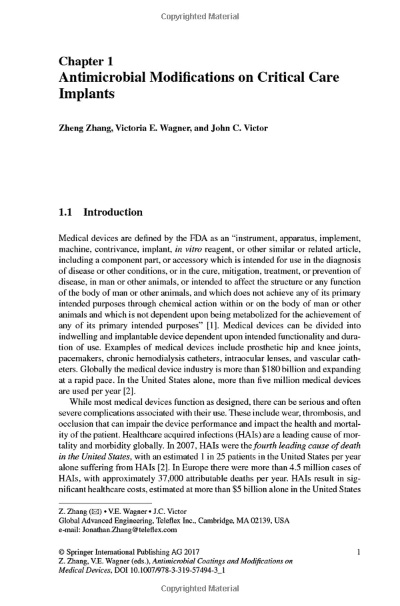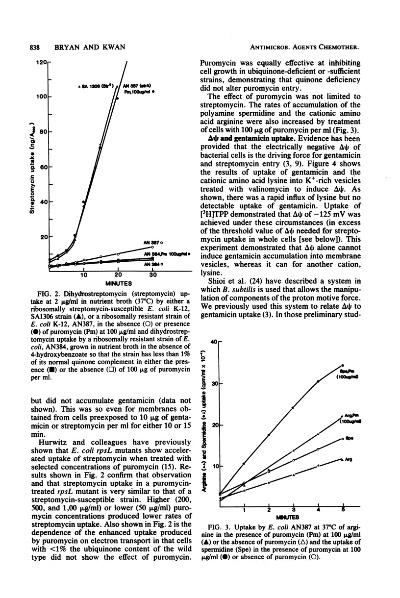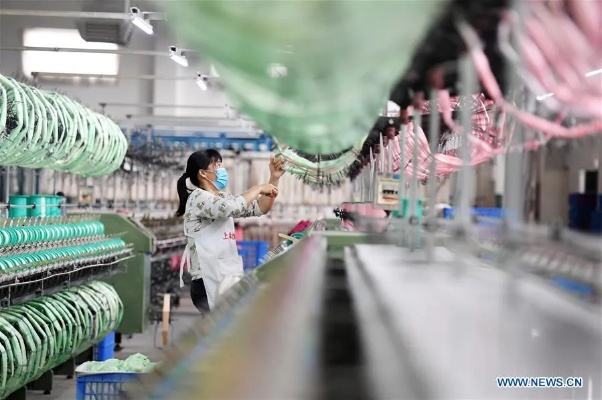The Role of Antimicrobial Textiles in Medical Settings
Antimicrobial textiles have emerged as a significant tool in the fight against infectious diseases within healthcare settings. These fabrics employ advanced technologies to inhibit the growth of bacteria and viruses, thereby reducing the risk of infection transmission. The effectiveness of antimicrobial textiles is demonstrated through their ability to reduce bacterial counts on patient garments and in the surrounding environment. Furthermore, these textiles are designed to be reusable and durable, making them an environmentally friendly alternative to traditional disposable medical supplies. As such, they offer a cost-effective solution for hospitals and healthcare facilities looking to enhance infection control measures while minimizing waste. Overall, the role of antimicrobial textiles in medical settings is crucial in safeguarding patient safety and promoting sustainable healthcare practices.
In today's world, where healthcare is paramount and the battle against infectious diseases is as critical as ever, the use of antimicrobial textiles has become a hot topic. These materials not only enhance the comfort and hygiene of medical settings but also play a vital role in reducing the risk of infection for patients, healthcare workers, and visitors alike. In this article, we will delve into the importance of antimicrobial textiles, their applications, and some successful cases that highlight their efficacy.
Antimicrobial Textiles: A Safeguard Against Infection

Antimicrobial textiles are designed to resist or inhibit the growth of harmful microorganisms. They work by releasing chemicals or incorporating active substances that disrupt the cellular structure of bacteria, viruses, or fungi. This makes them an essential part of any medical environment, especially in hospitals, clinics, and other healthcare facilities.
The benefits of using antimicrobial textiles are manifold. Firstly, they help reduce the risk of cross-infection by preventing the spread of pathogens from one patient to another. Secondly, they contribute to a more hygienic environment, making it easier for patients to recover and for healthcare workers to perform their duties with peace of mind. Finally, antimicrobial textiles can extend the lifespan of hospital linens, reducing the need for frequent replacements and saving resources.
Applications of Antimicrobial Textiles in Medical Settings
Antimicrobial textiles come in various forms, including fabrics, curtains, and even personal protective equipment like gowns and gloves. Here are some common uses:
-
Hospital Bed Linens: Hospital bed linens often contain antimicrobial agents to prevent cross-infection. These linens are washable and reusable, ensuring a continuous supply of clean linens for patients.
-
Patient Gowns and Pants: These garments are often treated with antimicrobial solutions to prevent infections during surgery or other medical procedures.
-
Gloves and Gowns: Personal protective equipment like gloves and gowns are coated with antimicrobial agents to protect healthcare workers from bacterial infections.
-
Bathroom and Lavatory Curtains: These curtains can contain antimicrobial compounds to keep germs out and promote a clean environment.
-
Medical Equipment Coverings: Antimicrobial covers protect medical equipment from contamination and ensure patient safety.
Case Study: Successful Use of Antimicrobial Textiles in a Hospital
One such example is the use of antimicrobial textiles in a major hospital in New York City. The hospital implemented a comprehensive program to replace all its hospital linens with antimicrobial-treated linens. Over a period of six months, the hospital reported a significant reduction in the incidence of hospital-acquired infections (HAIs), which had previously been a significant concern.
The success of this initiative was attributed to several factors, including the widespread adoption of antimicrobial textiles across various hospital departments, regular maintenance of the treated linens, and the rigorous adherence to infection control protocols by healthcare workers.
Conclusion
In conclusion, antimicrobial textiles have revolutionized the way we approach healthcare by providing a powerful tool against infectious diseases. Their use in medical settings ensures a safer, healthier environment for patients, healthcare workers, and visitors alike. As technology continues to advance, we can expect even more innovative solutions to emerge, further enhancing our ability to combat infectious diseases.
随着人们对健康和医疗的关注度不断提高,医用纺织品作为医疗领域中的重要组成部分,其抗菌性能和安全性越来越受到重视,医用纺织品抗菌材料的应用不仅有助于提高医疗用品的卫生性能,还有助于减少医疗感染的风险,本文将围绕医用纺织品抗菌材料展开讨论,并通过英文案例说明来进一步阐述其应用价值。
医用纺织品抗菌材料概述
抗菌材料类型
医用纺织品抗菌材料主要包括抗菌纤维、抗菌薄膜、抗菌涂层等,抗菌纤维是通过添加抗菌剂或抗菌纤维素等成分,提高纤维的抗菌性能;抗菌薄膜则是一种具有抗菌功能的薄膜材料,可以通过物理或化学方法在纺织过程中形成;抗菌涂层则是一种在纺织品表面形成的具有抗菌功能的涂层材料。
抗菌性能特点

医用纺织品抗菌材料具有以下特点:
(1)高效抗菌:能够有效地抑制细菌生长和繁殖,减少感染风险。
(2)环保可持续:采用环保材料,对人体和环境无害。
(3)多种应用领域:广泛应用于手术衣、床单、毛巾、口罩等医疗用品领域。
英文案例说明
以某医用纺织品公司为例,介绍其在抗菌材料方面的应用情况,该公司生产的医用纺织品采用了多种抗菌材料,如抗菌纤维、抗菌涂层等,具有以下应用案例:
新型抗菌手术衣
该公司的新型抗菌手术衣采用了特殊的抗菌纤维材料,具有出色的抗菌性能和舒适性,该手术衣可以有效减少手术过程中的感染风险,提高患者的舒适度。
高效抗菌毛巾
该公司生产的抗菌毛巾采用了抗菌涂层技术,具有高效抗菌和防菌防臭的功能,该毛巾可以有效减少细菌滋生和异味产生,提高患者的使用体验。
医用纺织品抗菌材料的实际应用与效果分析
实际应用情况
随着人们对健康和医疗的关注度不断提高,医用纺织品抗菌材料的应用越来越广泛,该公司在多个领域都取得了显著的成果,如手术衣、床单、毛巾等医疗用品领域,该公司的产品不仅符合国际标准,还获得了国内外众多客户的高度认可和好评。
效果分析
医用纺织品抗菌材料的应用效果主要体现在以下几个方面:
(1)减少感染风险:通过抑制细菌生长和繁殖,有效减少医疗感染的风险。
(2)提高卫生性能:提高了医疗用品的卫生性能,提高了患者的使用体验。
(3)环保可持续:采用环保材料,对人体和环境无害,符合现代人们对健康和环保的需求。
医用纺织品抗菌材料的应用对于提高医疗用品的卫生性能、减少医疗感染的风险以及促进医疗行业的可持续发展具有重要意义,随着人们对健康和医疗的关注度不断提高,医用纺织品抗菌材料的应用前景将会更加广阔。
Articles related to the knowledge points of this article:
Shopping for Quality Textiles at Jinyu Citys Textile Wholesale Department
Leading the Way in Textiles:The Story of Lidu Fabric Factory


